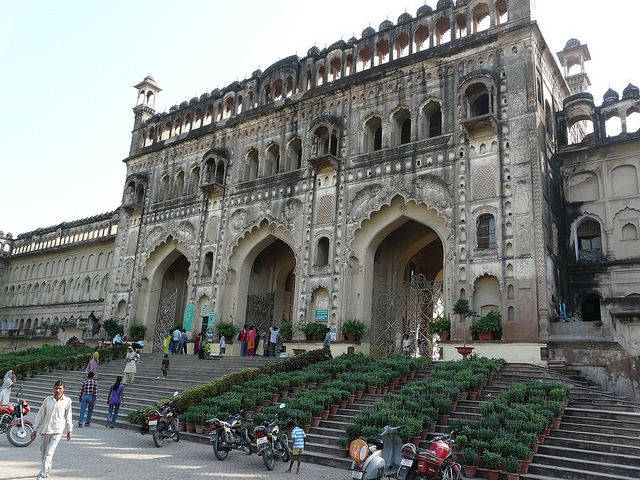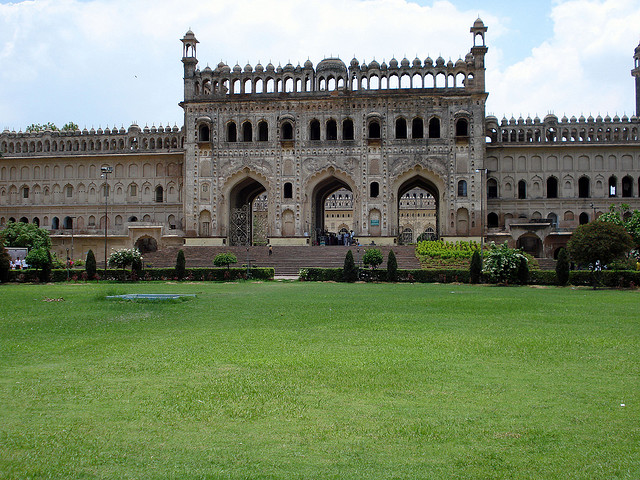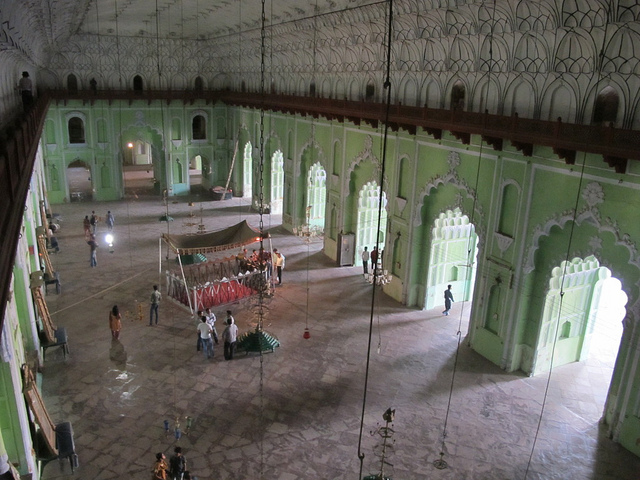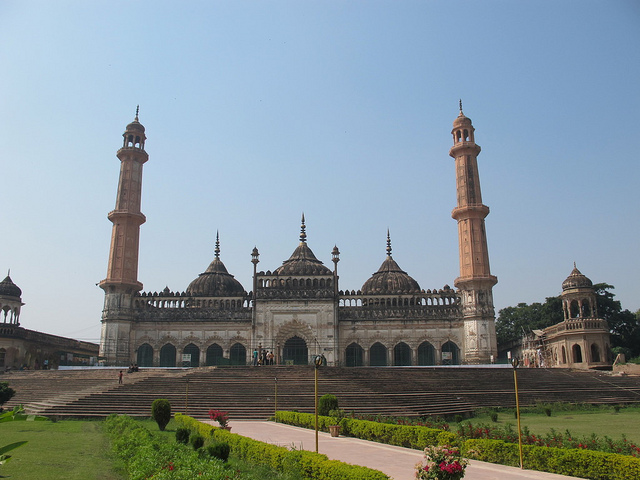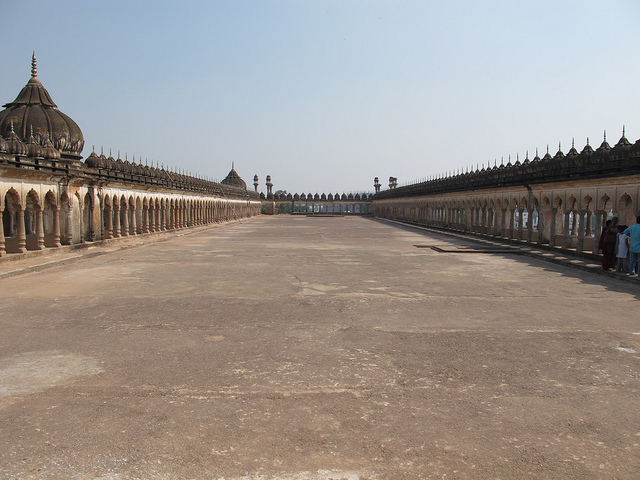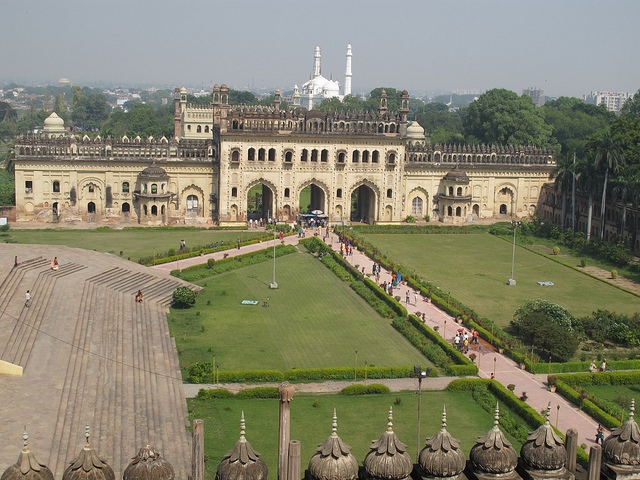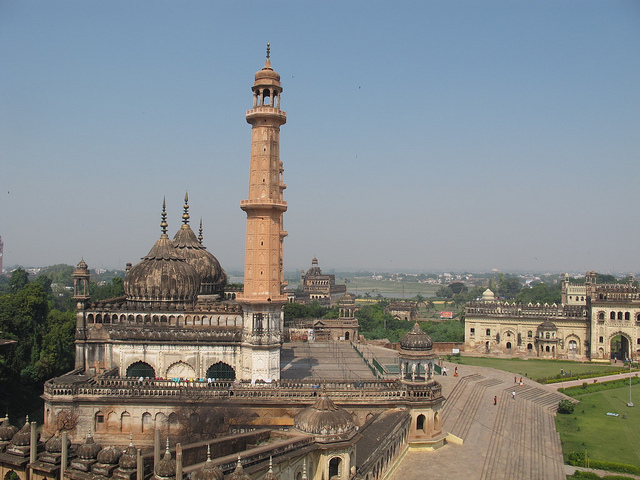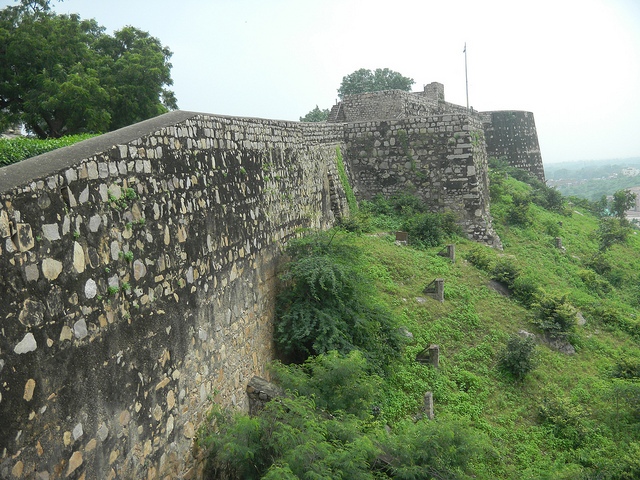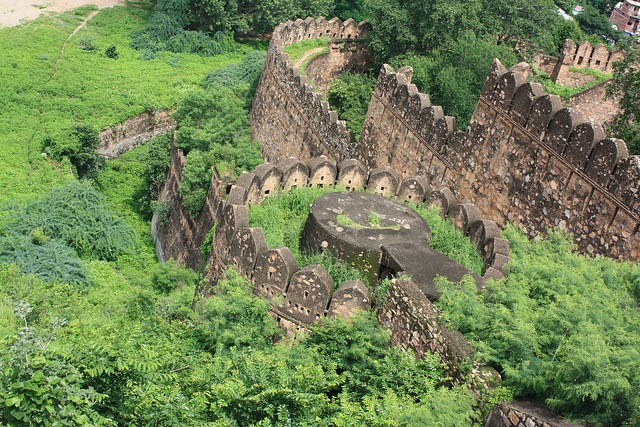Bara Imambara
Famed as the largest arch room with out any pillars, Bara Imambara alias Asfai Imambara is an exciting combination of unfussiness of style, evenness and proportion. Built in the year 1784, Bara Imambara happens to be the most significant monument in the city. It was constructed by the fourth Nawab, Barak Imambara Asaf-ud-Daula and the popular belief is that this colossal structure holds immense treasures inside it.
